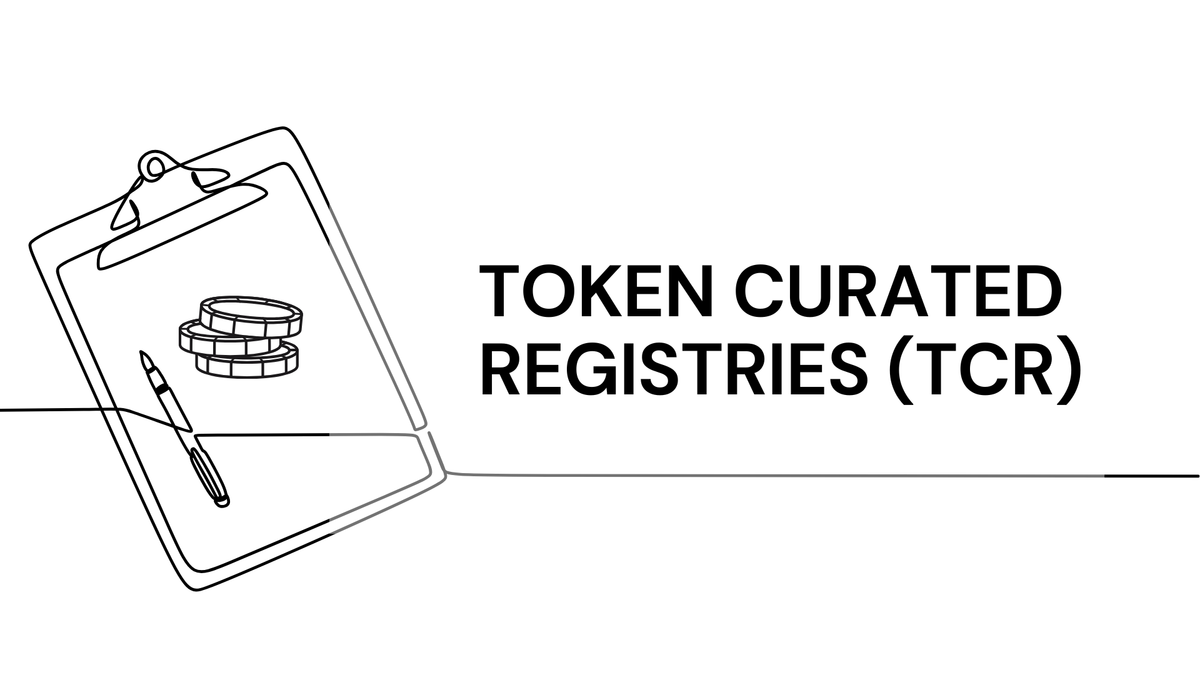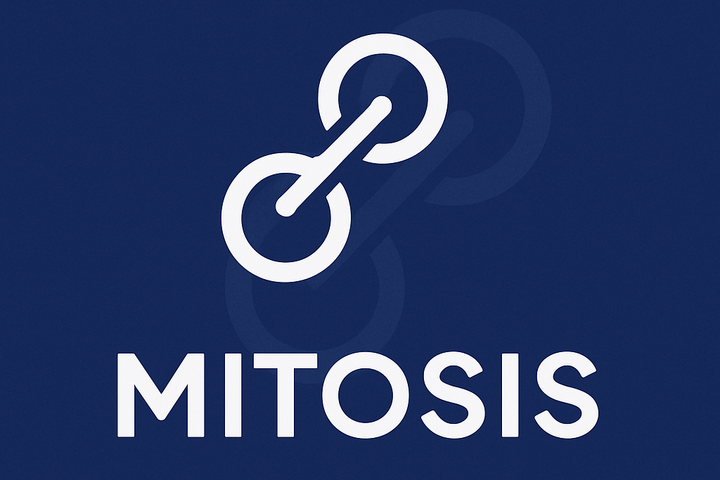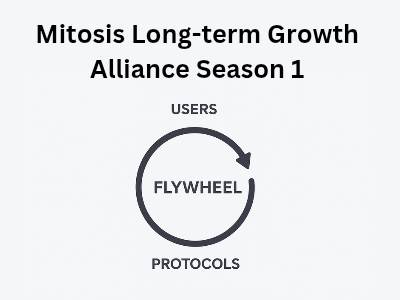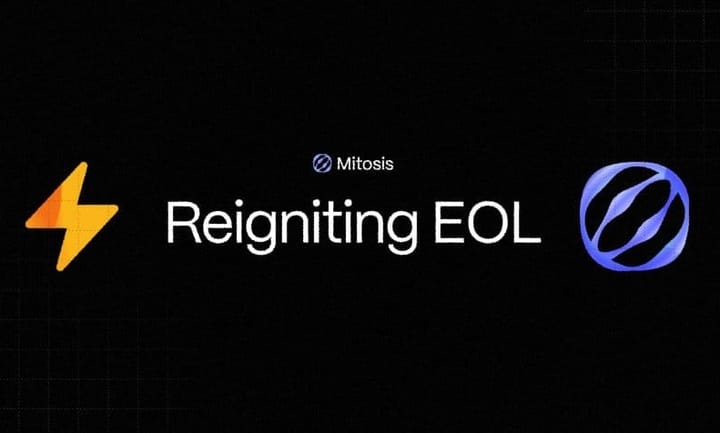Token Curated Registries (TCR)

Introduction
Token Curated Registries (TCRs) are a groundbreaking decentralized mechanism designed to maintain high‑quality, community‑driven lists without centralized oversight. By leveraging economic incentives, staking, and on‑chain governance, TCRs empower stakeholders to propose, challenge, and vote on entries, ensuring the registry reflects the collective judgment of its participants. In the fast‑evolving Web3 ecosystem, TCRs serve as trustless directories for dApps, service providers, credentials, and more, aligning token economics with human curation to mitigate spam, fraud, and information asymmetry.
Origins and Background
Token Curated Registries began in September 2017 with Mike Goldin’s “Token Curated Registries 1.0” whitepaper, which laid out a simple stake-propose-challenge-vote model. Participants lock tokens to submit or contest entries, earning rewards for correct curation and losing tokens for incorrect challenges, creating a self-regulating, economically aligned system.
By mid-2018, AdChain became the first live TCR, vetting ad networks to fight fraud. In 2019, Kleros introduced the Token² Curated Registry (T2CR), merging on-chain staking with off-chain juror arbitration. Subsequent enhancements quadratic voting, reputation scores, and hybrid governance, have refined TCRs into flexible tools for decentralized list curation.
Fundamental Components of TCRs
A robust understanding of TCRs requires dissecting their four essential elements:
- Registry Token
Each TCR issues a bespoke token that grants holders voting rights and curation privileges. This token’s supply and distribution model influence participation and decentralization. For example, a fixed supply encourages scarcity, while periodic token distributions can foster broader engagement. - Submission and Staking Process
- Proposal Stage: A user submits an item (e.g., a URL, credential, or asset identifier) and locks a predefined stake of tokens in escrow.
- Challenge Stage: Any token holder who believes the submission is invalid can challenge it by staking an equivalent amount.
- Voting Mechanism
Once a challenge is lodged, TCRs trigger an on-chain vote. Token holders cast votes proportional to their staked tokens, deciding whether the challenged entry meets the registry’s criteria. This vote can be implemented via simple majority, quadratic voting, or other governance mechanisms. - Economic Incentives
Successful proposals (entries that survive challenges) are rewarded with the losing party’s stake, incentivizing accurate curation. Conversely, incorrect challengers forfeit their stake to the proposer, discouraging frivolous objections. This “skin in the game” approach harnesses economic incentives to penalize dishonest behavior and reward quality contributions.
Governance Models
While the classic TCR uses token‑weighted majority voting, advanced models introduce nuanced governance schemes:
- Quadratic Voting: Reduces plutocratic control by increasing marginal vote costs (one vote costs one token, two votes cost four tokens, etc.).
- Reputation Systems: Weights voting power based on historical accuracy, encouraging consistent curatorship.
- Delegated Voting (Liquid Democracy): Token holders delegate voting rights to trusted experts, balancing decentralization with efficiency.
- Hybrid On‑Chain/Off‑Chain Dispute Resolution: Projects like Kleros combine on‑chain staking with off‑chain juror selection to arbitrate challenges, reducing collusion and ensuring impartial outcomes.
By selecting the appropriate governance model, registry creators can balance decentralization, security, and participation rates.
Use Cases and Implementations
1. AdChain (Token Lists)
One of the earliest real-world TCR deployments is AdChain, which curated lists of reputable advertising platforms. By requiring projects to stake AdToken and undergo community vetting, AdChain ensured that only compliant ad networks appeared in the registry, a critical need in combating ad fraud.
2. Kleros T2CR (Token-Squared Curated Registry)
Kleros extended the TCR concept into a decentralized court system. Their Token-Squared Curated Registry (T2CR) lists projects that adhere to specific compliance standards (e.g., code audits, legal frameworks). Challenges trigger Kleros jurors to adjudicate disputes, blending token incentives with cryptoeconomic justice.
3. dApp Directories and Content Curation
Multiple decentralized application directories and content platforms have adopted TCRs to maintain quality listings. For example, community-driven lists of open-source libraries, educational resources, and NFT collections benefit from transparent, stake-backed curation.
4. Custom Enterprise Registries
Beyond public blockchains, enterprises use TCR principles to manage supplier registries, compliance checklists, and vendor performance trackers—leveraging private tokens and permissioned voting to maintain high operational standards.
Benefits of TCRs
- Decentralization of Trust: Removes single points of failure by distributing curation authority among stakeholders.
- Incentive Alignment: Economic stakes ensure participants have “skin in the game,” fostering honest contributions.
- Transparency and Auditability: All proposals, challenges, and votes occur on-chain, providing immutable audit trails.
- Resistance to Censorship: Open participation and clear rules make it difficult for malicious actors to manipulate the registry.
- Flexibility: Customizable parameters (stake size, voting duration, reward ratios) allow TCRs to adapt to diverse use cases.
Limitations and Attack Vectors
Despite their promise, TCRs face several challenges:
- Wealth Concentration: Large token holders can dominate votes, marginalizing smaller stakeholders (the “rich get richer” problem).
- Collusion and Cartels: Groups of token holders may collude to approve low-quality entries or block valid ones.
- Griefing Attacks: Malicious actors may repeatedly challenge entries to drain token pools or slow curation processes.
- Voter Apathy: Low participation can undermine registry integrity if few token holders vote consistently.
Academic studies, such as the ArXiv analysis on TCR design, explore mechanisms to mitigate these risks by adjusting incentive structures and introducing reputation layers.
Best Practices and Design Considerations
When designing a TCR, practitioners should:
- Calibrate Token Economics: Balance stake size, reward ratios, and token supply to incentivize honest behavior while deterring spam.
- Implement Sybil Resistance: Use off-chain identity verification or bonding curves to prevent fake accounts from skewing votes.
- Encourage Community Engagement: Launch incentive programs (e.g., airdrops, bounty challenges) to boost participation and voter turnout.
- Monitor and Upgrade Governance: Periodically review and refine voting rules, dispute processes, and token distribution models.
- Audit Smart Contracts: Ensure the registry’s core logic is secure against exploits, and auditing by reputable firms can identify vulnerabilities early.
Conclusion
Token Curated Registries stand at the intersection of cryptoeconomics and decentralized governance, offering a scalable, transparent, and incentive‑aligned solution to curate digital resources. As Web3 continues to expand, TCRs will empower developers, communities, and enterprises to maintain trustless directories and registries, fueling innovation while preserving quality and integrity.
References
- https://arxiv.org/abs/2410.16141
- https://blog.kleros.io/generalized-token-curated-registries/
- https://www.gate.com/learn/articles/what-is-token-curated-registry/873
- https://blockchain.oodles.io/dev-blog/how-to-create-token-curated-registry-tcr-ethereum/
- https://www.chaincatcher.com/en/article/2112610
- https://ia601600.us.archive.org/35/items/elopio-papers/2022-decentralized_society.pdf
MITOSIS official links:
GLOSSARY
Mitosis University
WEBSITE
X (Formerly Twitter)
DISCORD
DOCS



Comments ()